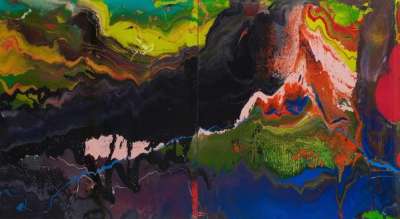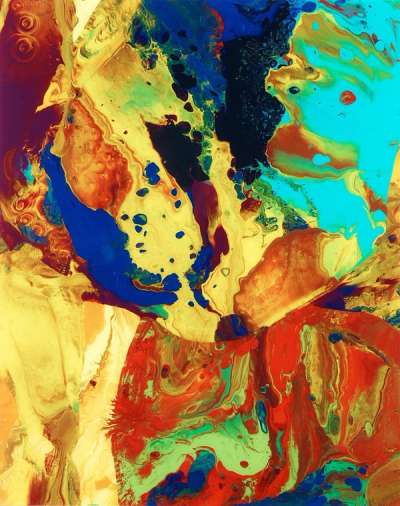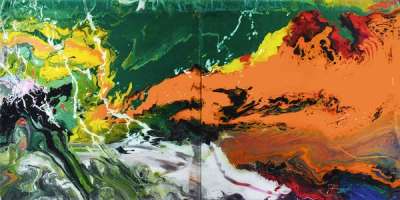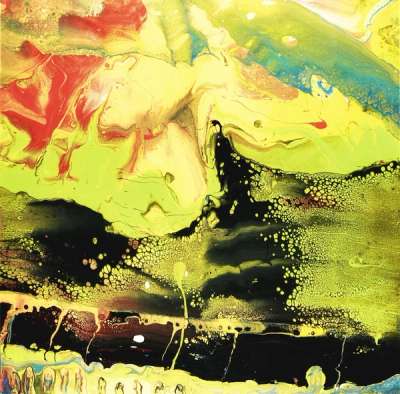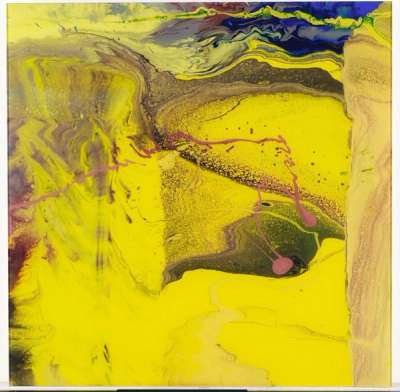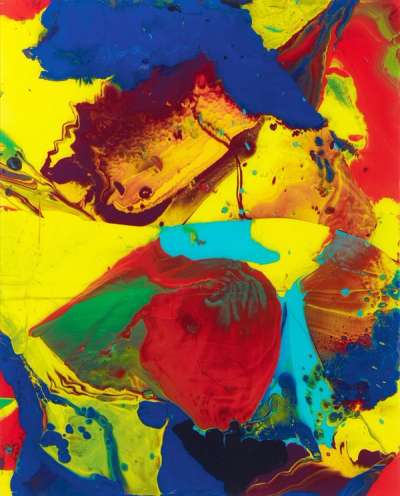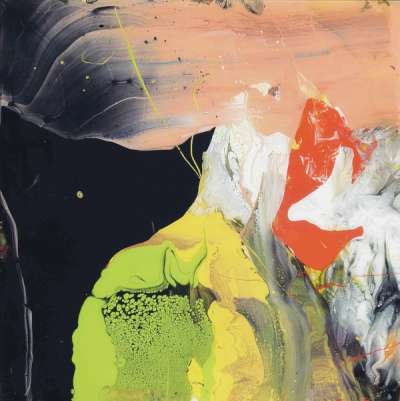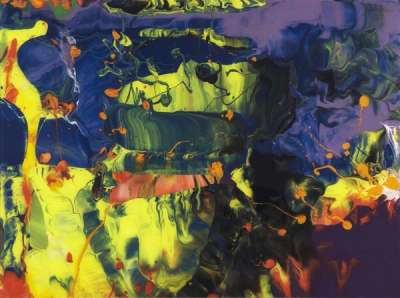
Flow (P7)

Flow (P7)
Unsigned Print
Gerhard Richter
£3,900-£6,000Value Indicator
$7,500-$12,000 Value Indicator
$7,000-$10,500 Value Indicator
¥35,000-¥50,000 Value Indicator
€4,700-€7,000 Value Indicator
$40,000-$60,000 Value Indicator
¥740,000-¥1,150,000 Value Indicator
$4,900-$7,500 Value Indicator
AAGR (5 years) This estimate blends recent public auction records with our own private sale data and network demand.
There aren't enough data points on this work for a comprehensive result. Please speak to a specialist by making an enquiry.
Medium: Digital Print
Edition size: 500
Year: 2014
Size: H 45cm x W 45cm
Signed: No
Format: Unsigned Print
TradingFloor
Track this artwork in realtime
Watch artwork, manage valuations, track your portfolio and return against your collection
Track auction value trend
Auction Results
| Auction Date | Auction House | Location | Hammer Price | Return to Seller | Buyer Paid |
|---|---|---|---|---|---|
| June 2018 | Sotheby's Milan | Italy | |||
| September 2017 | Sotheby's London | United Kingdom | |||
| April 2017 | Sotheby's New York | United States | |||
| February 2016 | Wright | United States |
Meaning & Analysis
Flow (P7) was issued in 2015 in an edition of 50. An unsigned print, it is the work of acclaimed German artist Gerhard Richter and is part of the Flow series. Stunning in its complexity, the print is made after a masterwork of the artist’s completed in 2013.
Alchemical in terms of both substance and visuality, Flow (P7) is perhaps the most accomplished work in the Flow series. A stunning mixture of acid-like tones and visceral reds, the work recalls the practice of ink marbling once popular with publishers in the 19th century. To create the original, after which this digital print was made, Richter diluted oil paints of various tones before allowing them to interact with each other atop a horizontal surface. Wholly dissimilar from his 2006 Cage paintings, visible in the Cage Prints, Cage f.ff and Cage Grid series, this work is imbued with a sense of spontaneity and lightness of touch that contrasts with the regimented and altogether thoughtful creative process characteristic of Richter’s many abstracts.
During the late 1960s, Richter was resident in the West German city of Düsseldorf - a place known locally as the Schreibtisch des Ruhrgebiets, or ‘writing desk of the Ruhr’. An affluent city famed for housing the offices of large industrial corporations based in West Germany’s coal producing regions, Düsseldorf was home to a thriving art scene. A far cry from Dresden, then in the former East Germany, and from which Richter had escaped to the West in 1961, Düsseldorf was instrumental in the artist’s development. At the Kunstakademie Düsseldorf, he co-founded the Capitalist Realism art movement, parodying the consumer-driven culture of his new surroundings as well as his strict socialist realist training, which he received back in Dresden.
